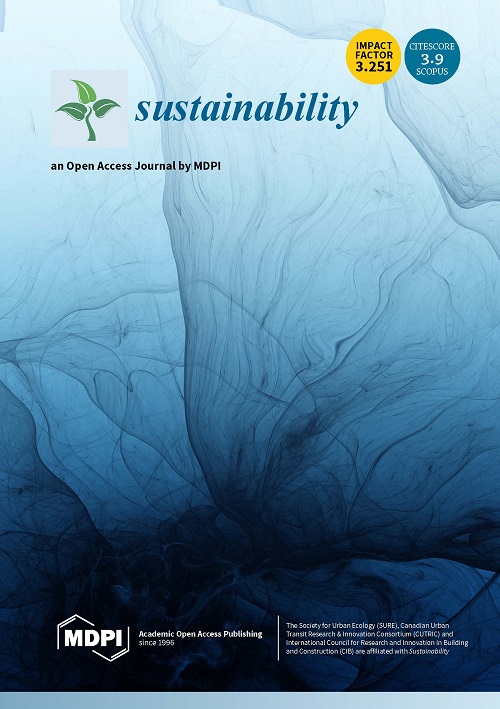Functional ecology provides a framework that can link vegetation characteristics of various land uses with ecosystem function. However, this application has been mostly limited to [semi‐]natural systems and small spatial scales. Here, we apply functional ecology to five agricultural landscapes in Kenya, Uganda and Ethiopia, and ask to what extent vegetation characteristics contribute to soil functions that are key to farmers’ livelihoods. We used the Land Degradation Surveillance Framework (LDSF), a multi‐scale assessment of land health. Each LDSF site is a 10 × 10 km landscape in which vegetation cover and erosion prevalence were measured, a tree inventory was carried out, and topsoil (0–20 cm) samples were collected for organic carbon (SOC) analysis in approximately 160 × 1,000 m2 plots. Land degradation is a recurring phenomenon across the five landscapes, indicated by high erosion prevalence (67%–99% of the plots were severely eroded). We used mixed models to assess if vegetation cover, above‐ground woody biomass and the functional properties of woody vegetation (weighted‐mean trait values, functional diversity [FD]) explain variation in SOC and erosion prevalence. We found that the vegetation cover and above‐ground biomass had strong positive effects on soil health by increasing SOC and reducing soil erosion. After controlling for cover and biomass, we found additional marginal effects of functional properties where FD was positively associated with SOC and the abundance of invasive species was associated with higher soil erosion. Synthesis and applications. This work illustrates how functional ecology can provide much‐needed evidence for designing strategies to restore degraded agricultural land and the ecosystem services on which farmers depend. We show that to ensure soil health, it is vital to avoid exposed soil, maintain or promote tree cover, while ensuring functional diversity of tree species, and to eradicate invasive species.
DOI:
https://doi.org/10.1111/1365-2664.13017
Altmetric score:
Dimensions Citation Count:
























